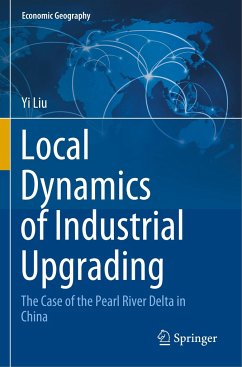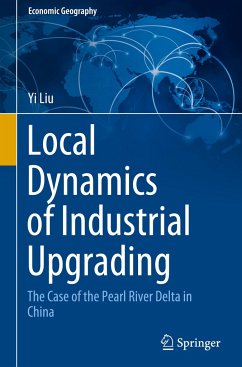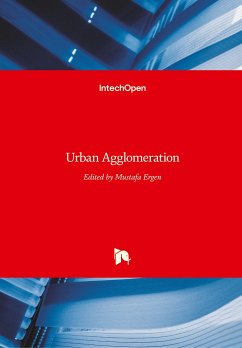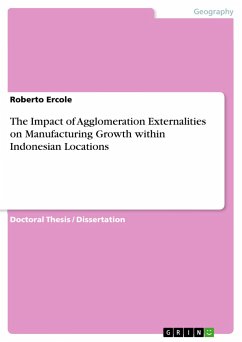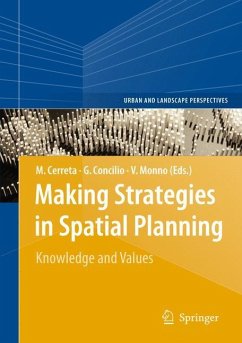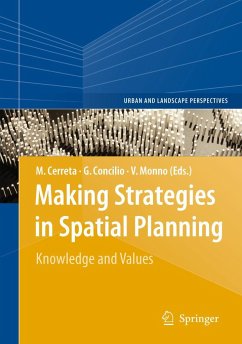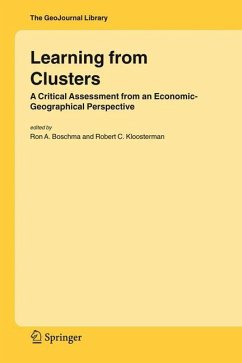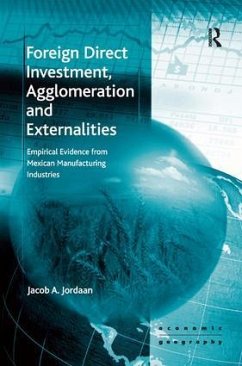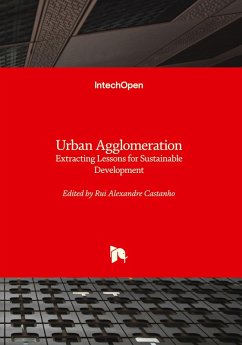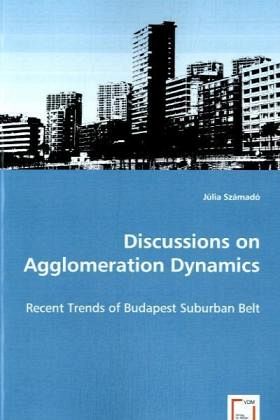
Discussions on Agglomeration Dynamics
Recent Trends of Budapest Suburban Belt
Versandkostenfrei!
Versandfertig in 6-10 Tagen
32,99 €
inkl. MwSt.

PAYBACK Punkte
16 °P sammeln!
Nowadays a great many number of models are available to observe urban development. This monograph - written as a graduation thesis - describes a few and focuses on their applicability in analysing the dynamics of Budapest Suburban Belt throughout the last decade. The work aims to capture a complex view which requires multi-level methods of analysis, including comprehensive statistic data, interviews and a survey supporting a case study. In seeking answers, the study considers prevalent issues such as the role that information technolgy, new working models and modern means of transport play in ...
Nowadays a great many number of models are available to observe urban development. This monograph - written as a graduation thesis - describes a few and focuses on their applicability in analysing the dynamics of Budapest Suburban Belt throughout the last decade. The work aims to capture a complex view which requires multi-level methods of analysis, including comprehensive statistic data, interviews and a survey supporting a case study. In seeking answers, the study considers prevalent issues such as the role that information technolgy, new working models and modern means of transport play in today's migration trends, as well as some inevitable environmental aspects resulting from, and leading to new patterns of migration. The specific examination illustrates a route for the cities in the former socialist block of Central Eastern Europe, whereas researchers may find the applied models beneficial for further exploitation.



